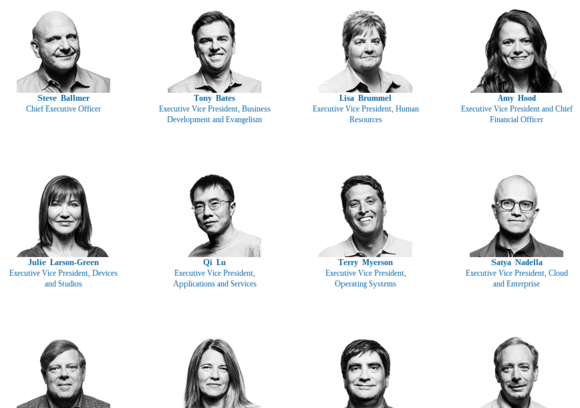Microsoft's restructuring places a new emphasis not on products, but on technologies that will be shared across the company, to tie together and improve the company's overall business as a whole.
What does this mean for consumers? For us, it most likely means a sense of coherence: Not only will Windows Phone and Windows 8 look like one another, but it could mean more shared code and services, for example.
Microsoft goes holistic
So how will it work? Microsoft CEO Steve Ballmer published both a lengthy memo as well as a strategy document unveiling the changes that the company outlined Thursday. Simply put, all parts of the company will share and contribute to the success of Microsoft's core offerings: Windows, Windows Phone, Xbox, Surface, Office 365, Bing, Skype, Dynamics, Azure and Microsoft's server products, Ballmer wrote. "We will see our product line holistically, not as a set of islands."
 Microsoft
MicrosoftBusiness strategists will undoubtedly spend days parsing Microsoft's business strategy, but on the surface, there are a couple of key changes. First, Microsoft's priority is engineering technologies, not products, and its core leadership all share "engineering" titles. Second, the devices that you buy, such as tablets and phones, will simply serve as gateways to the Microsoft software and services that you already know and use. The difference here, however, is that the ecosystem will be more tightly interlaced, as evidenced by products like the Xbox One, which will include Skype and Internet Explorer.
To read this article in full or to leave a comment, please click here

No comments:
Post a Comment